In the complex tapestry of global economics, the United States has long been a dominant force, with its robust economy and influential role in international trade. However, the advent of President Donald Trump's administration has introduced a new layer of complexity and uncertainty. Trump has repeatedly emphasized the return of manufacturing to the United States, celebrating companies that pledge to invest heavily in domestic production. Yet, beneath the surface of these announcements lies a more intricate and precarious reality.
The Promise of Manufacturing Revival
President Trump has heralded the return of manufacturing to the United States as a cornerstone of his economic policy. Companies have been encouraged to invest in American production, with promises of creating jobs and boosting the economy. From computer chips to automobiles, the allure of domestic manufacturing has been presented as a panacea for economic growth and national security. However, the transition from announcement to reality is fraught with challenges.
The Impact of Tariffs and Trade Disruptions
Since Trump took office on January 20, the United States has undergone a rapid transformation from a stable economic partner to a source of confusion and doubt. The imposition of tariffs on a wide range of goods, from aluminum and steel to Chinese imports, has created a volatile and unpredictable trade environment. The World Trade Organization (WTO) director-general, Ngozi Okonjo-Iweala, highlighted the significance of US trade in the global context, noting that while the US accounts for 13% of world trade, the remaining 87% occurs among other WTO members. This underscores the reality that the US is not the sole determinant of global trade dynamics.
Trump's tariffs have been both extensive and inconsistent. The administration has imposed a 25% tariff on aluminum and steel, a 145% duty on Chinese imports, and a 25% tariff on cars, with additional tariffs on auto parts planned. These measures have been met with retaliatory actions from trading partners, further complicating the global economic landscape. The constant flux in tariff policies has made it exceedingly difficult for businesses and nations to adapt and plan for the future.
The Global Response and Shift in Alliances
The swift and profound changes in US trade policy have prompted a reevaluation of global economic alliances. Ursula von der Leyen, President of the European Commission, succinctly captured the sentiment when she declared, "The West as we knew it no longer exists." This statement reflects a broader realization that the traditional dominance of the US in global trade is being challenged.
China, in particular, has been diversifying its trading relationships to reduce dependence on the US market. Since the trade war began during Trump's first administration, China's exports to the US have dropped from 19.2% of its total overseas shipments in 2018 to 14.7% in 2024. Beijing is actively seeking to strengthen its economic ties with the European Union, despite occasional disputes over trade practices. This shift is part of a broader trend where countries are looking for more stable and predictable trading partners.
Canada, too, has responded to US tariffs by canceling trips and boycotting American goods. Canadian Prime Minister Mark Carney emphasized the importance of strengthening ties with Europe, highlighting the shared economic and security interests. This sentiment is echoed by European leaders, who see the value in predictability and reliability in a time of global uncertainty.
The Economic Consequences and Future Prospects
The tariffs imposed by the Trump administration are expected to have significant economic repercussions. Moody's Ratings has warned that these measures "will likely slow global economic growth significantly." The inconsistent approach to policymaking has undermined confidence globally, making businesses wary of long-term investments. Federal Reserve Chair Jerome Powell described these changes as "very fundamental policy changes," noting the lack of modern experience to guide the central bank's response. His comments sent US stock markets tumbling, reflecting investor unease about the future of the global economic order.
The real-world effects of these policies are already being felt. Companies like Nvidia and Boeing are facing challenges due to trade disruptions, while consumers are experiencing higher prices for goods. The shift in trade dynamics is not just economic; it is also geopolitical. As countries seek to diversify their trading relationships, the US risks losing its traditional dominance in global trade.
Navigating the New Economic Reality
The United States stands at a critical juncture in its economic and trade policies. While the promise of reviving domestic manufacturing is an appealing vision, the reality of implementing such a vision in a volatile global trade environment is fraught with challenges. The imposition of tariffs and the unpredictable nature of trade policy have created uncertainty and prompted a reevaluation of global alliances.
As countries like China and Canada seek to strengthen their economic ties with Europe, the US must confront the reality that it is no longer the only game in town. The quest for stability and predictability in trade has led many nations to explore alternative partnerships. In this new economic reality, the US must balance its desire for domestic manufacturing with the need for stable and reliable international trade relationships.
The future of US manufacturing and its role in the global economy will depend on the ability to navigate these complex dynamics. It will require a nuanced approach that recognizes the importance of both domestic investment and international cooperation. As the world watches closely, the decisions made in the coming months will shape the economic landscape for years to come.

By Daniel Scott/Apr 21, 2025

By Laura Wilson/Apr 21, 2025
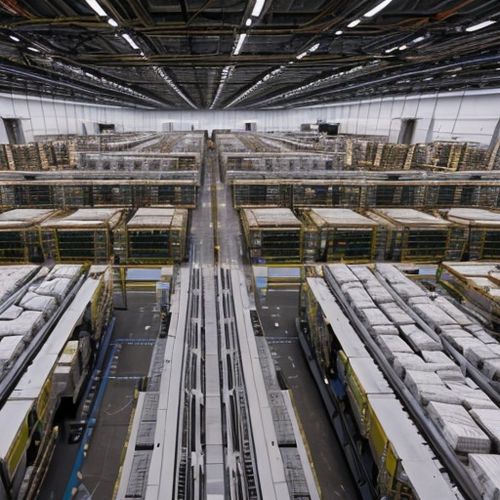
By Christopher Harris/Apr 21, 2025

By Emma Thompson/Apr 21, 2025
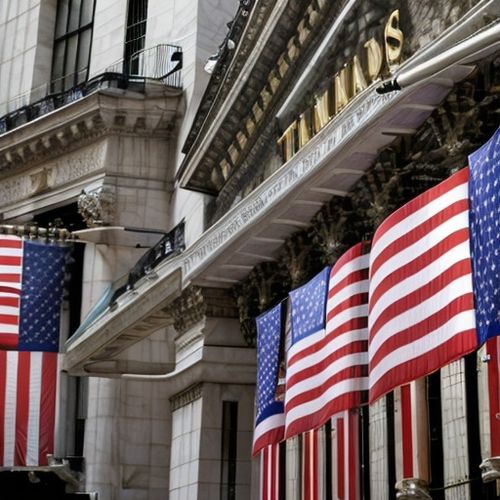
By Michael Brown/Apr 21, 2025
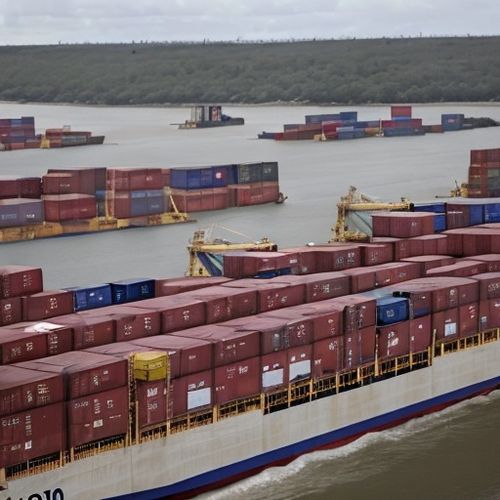
By Samuel Cooper/Apr 21, 2025
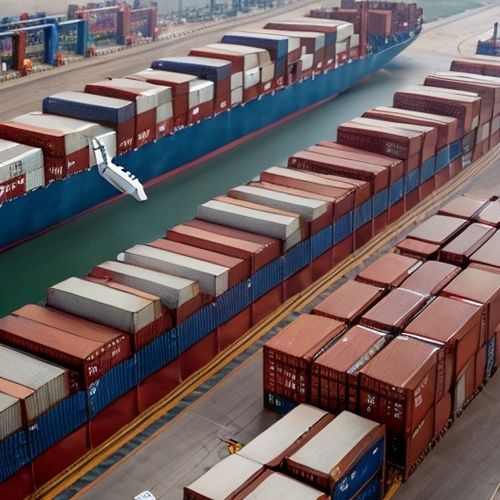
By Lily Simpson/Apr 21, 2025

By Megan Clark/Apr 21, 2025

By Elizabeth Taylor/Apr 21, 2025
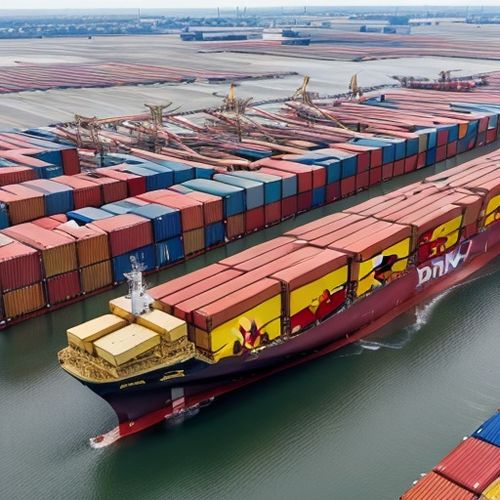
By Noah Bell/Apr 21, 2025

By William Miller/Apr 21, 2025
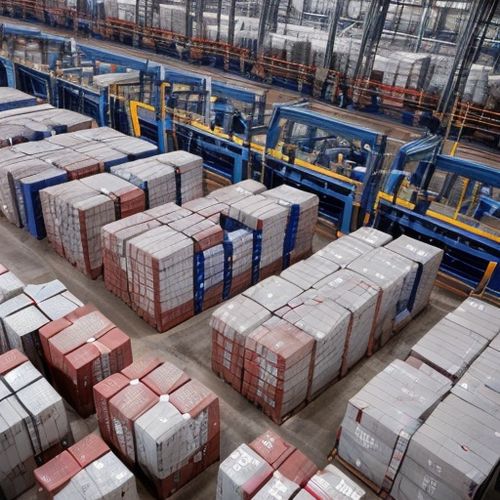
By Michael Brown/Apr 21, 2025
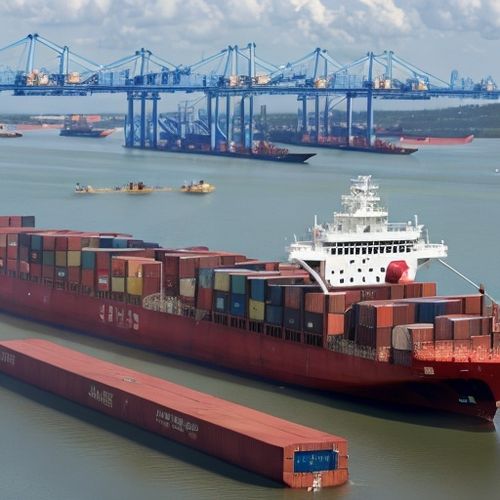
By Emily Johnson/Apr 21, 2025

By Natalie Campbell/Apr 21, 2025

By Grace Cox/Apr 21, 2025

By Lily Simpson/Apr 21, 2025
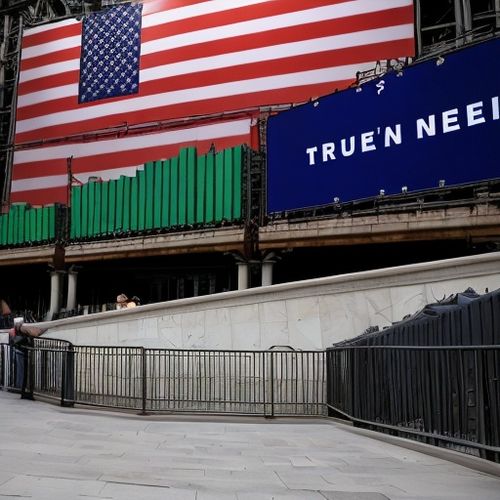
By Noah Bell/Apr 21, 2025
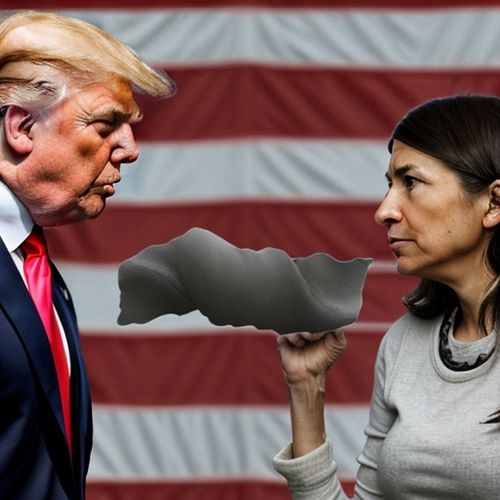
By Lily Simpson/Apr 21, 2025

By James Moore/Apr 21, 2025

By Daniel Scott/Apr 21, 2025